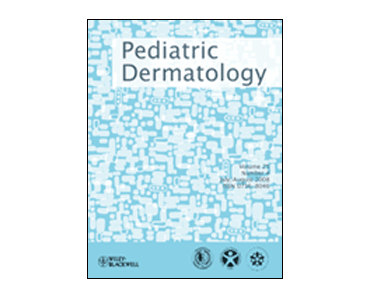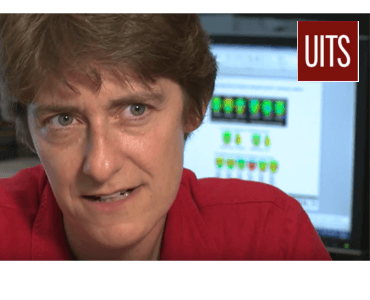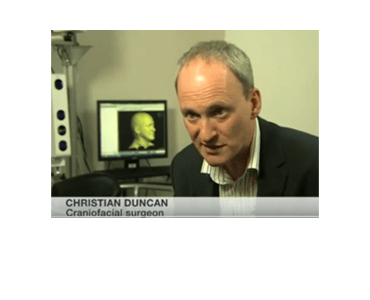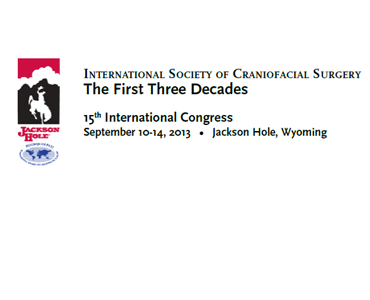Developing a 3D colour image reproduction system for additive manufacturing of facial prostheses. K Xiao, F Zardawi, R van Noort, JM Yates.
Date: February 2014. Source: International Journal of Advanced Manufacturing Technology. Volume 70, Issue 9-12, pp 2043–2049. Abstract: In this study, a new 3D colour image reproduction system is proposed for the automated and accurate additive manufacturing of soft tissue facial prostheses. A framework of 3D colour image reproduction was defined and a protocol for each…
Details









